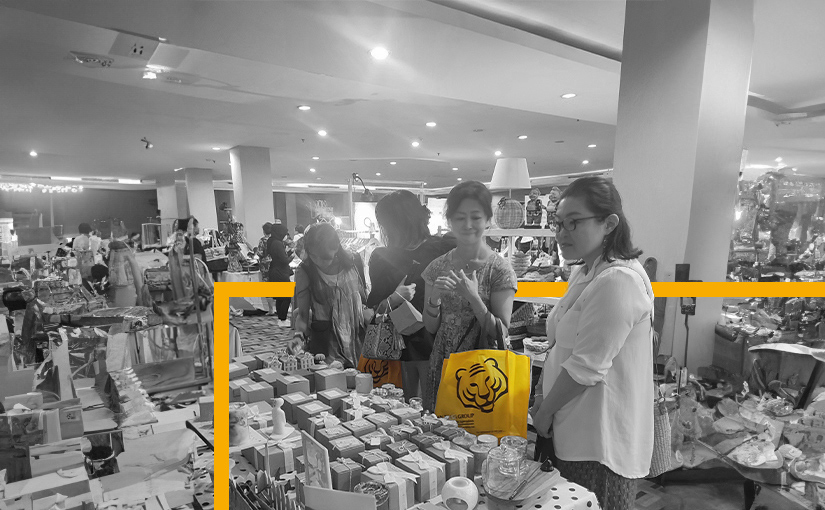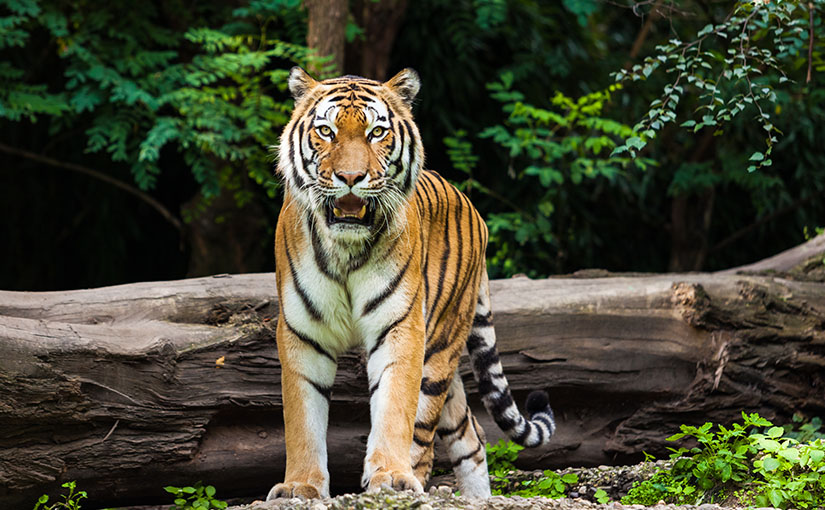Moving with Pets

How to moving with pets!
Moving is stressful on all individuals, including our pets. Unlike humans who do understand, for pets, it’s panic time as everything around them changes suddenly. It thus becomes very important that additional care be taken for the furry friends during the move. Although there is no single solution for moving with pets, the following tips from a leading moving company can certainly help make this transition much easier for both you and your pets.
Understanding Stress in Pets
Identifying Stress in Pets
Pets show different types of signs when under stress. A pet owner needs to know this early on in order to be able to comfort them.
- Behavioural Changes: Pets become clinging or, on the other hand, withdrawn. They can also be destructive or have accidents in the house.
- Physical Symptoms: Stress is manifested physically by excessive panting, drooling, or decrease in appetite.
- Vocalization: Increased barking, meowing, or whining could very well mean your pet is suffering from stress.
How Moving Affects Your Pets
The moving process only serves to create a disturbance in the routine and environment of your pet. The results can be anxiety and confusion.
- Routine Disruption: Pets love routine, and moving creates quite a lot of upheaval.
- New Environment: The sights, sounds, and smells of a new home can be overwhelming for pets.
- Separation Anxiety: Your pet may experience separation anxiety if it is somehow temporarily separated from its owners or familiar surroundings.
Pre-Move Preparations
Do Research
Research the clearance procedures and regulations concerning your pet when you move to another country.
- Country-specific requirements: Different countries have different requirements for pet importation. Moving pets to Australia requires starting eight months in advance because of strict vaccination and quarantine regulations.
- Vaccination and Health Checks: Ensure your pet is up to date with their vaccinations, and all necessary checks on their health are completed well in advance.
- Import Restrictions: Check the import restrictions on the species of your pet; some countries restrict specific breeds or species from entering their territory.
Contact Your Vet
Your vet can be a very resourceful individual to get your pet ready for the move.
- Health Records: Obtain a copy of the health records and vaccination certificates of your pet. Your new vet will definitely ask for these documents.
- Medications: If your pet uses prescription medication, ensure that you have an adequate supply to last you through the move and a way to get them refilled in your new location.
- Health Certificate: Some countries require a health certificate issued by a licensed veterinarian, indicating your pet is healthy to travel.
Crate Conditioning in Mind
Crate conditioning will alleviate some of your pet’s stress while traveling.
- Familiarization: Get your pet used to the crate a few months prior to your move. Place his favorite toys or treats inside the crate to associate it with positive experiences.
- Gradual Adjustment: Present the crate for very short periods and gradually extend it. Ensure your crate is comfortable and large enough that your pet can stand up, turn around, and lie down in.
- Travel Practice: Take your pet on short rides in a crate to acclimate your pet to traveling in a confined space.
Moving Day Tips
Safety on the Way
Safety in traveling is the top priority for pets. Extra caution can help avoid mishaps and reduce stress for your pet.
- Securing the Crate: Keep the crate locked during all times of travel and always keep it in an upright position. Never open the crate until you are in your new home.
- Comfort Items: Place familiar objects such as a blanket that belongs to your pet or a piece of your clothing inside the crate to help them feel better.
- Travel Essentials: Pack your pet’s bag, including food, water, bowls, medications, and poop bags.
Safety Considerations When Transporting Pets
Traveling with pets is not an easy task. It requires immense attention to the requirements and safety of the animal.
- Avoid Sedatives: The idea of sedating your pet to make them easier to travel with will likely cross your mind, but this is usually a dangerous idea. Consult with your veterinarian about safer options.
- Regular Breaks: If traveling by car, take regular breaks to allow your pet to stretch their legs, quench thirst, and relieve themselves.
- Special Considerations for Air Travel: During air travel, book direct flights to reduce the time of travel for your pet. Moreover, inform the airline in advance that you will be carrying your pet with you.
Settling In after Your Move
Give Your Pet an Adjustment Period
A new surrounding is overwhelming for pets, so patience and understanding are essential in letting them settle down.
- Unpack Their Stuff First: As soon as you move into your new place, set up a space with your pet’s bed and toys and also their food bowls. This will give them some sense of security in the new environment.
- Maintain Routine: Adhere as closely as possible to feeding times, walking times, and general playtime routine from before to offer stability.
- Explore Gradually: Allow your pet to become acquainted with the new home. Allow your pet to explore the house, one area at a time, to avoid being overwhelmed.
Monitor Health and Behavior
Keep checking your pet’s health and behavior during the acclimatization period.
- Watch for Stress Signs: Observe signs of stress, which could include changes in appetite, behavior, or health. Contact the vet if you notice any worrying symptoms.
- Water and Food Intake: Ensure that your pet is eating and drinking well. Any change in diet or water quality may have an impact on its health.
- Exercise and Socialization: Provide regular exercise and socialization for your pet. They need it both for their physical and mental health. Spend quality time with your pet to help them adjust.
Making a New Schedule
A new routine will help your pet get adjusted to the new home more easily.
- Same Feeding Schedule: Times of feeding should be maintained to give them the feeling of normality.
- Play Areas: Make them places for playing and exercising to help your pet spend pent-up energy and feel secure.
- New Vet: Find a new vet immediately and take the animal for a check-up so that you’re established in your new location.
Hiring Professional Movers
Choosing the Right Moving Company
Choosing the right and reliable moving company will surely make a difference in your moving experience. Asian Tigers Group can offer the full range of services that you may need to move, from pet relocation to other specialized relocation requirements.
- Experience in Moving Pets: Choose a moving firm with experience in moving pets. They would know the specific requirements and regulations involved in the process.
- Full-Service Company: Check to know if they are a one-stop company from packing, transport, customs clearance, up to the final delivery.
- Customer Reviews: Observe reviews and testimonials from past customers; their performance record must be good.
Preparing for a Move
Proper preparation with your moving company will help to ensure that everything goes as smoothly as possible.
- Detailed Planning: Create a minute plan for the move with the moving company, specifying timelines and any special requirements that your pet might have.
- Clear Communication: Keep open communication with the moving company on the progress and any other problem they may encounter.
- Documentation: Ensure that all travel documents for your pet are ready and available.
Post-Move Support
A good moving company would not leave your side even after you’ve reached your new abode.
- Unpacking: Some companies give unpacking services so that you get settled faster.
- Follow-up: Check if the moving company is there to support follow-up claims and inquiries that may come up later on.
- Feedback: Any moving company will appreciate your feedback so that they can improve and better serve their customers in the future.
Conclusion moving with pets
The process of moving with pets requires careful planning, much patience, and attention to detail. With these tips and a reputable moving company like Asian Tigers Group, much of the hassle can be avoided for both you and your pets. From pre-move preparation to adjustment after the move, every step is vital in making your move a positive experience.
The Asian Tigers Group is the leader in terms of uncompromising quality and has full service moving capabilities to ensure that your international move is trouble-free. Their expertise will handle each stage of your relocation, right from the safe and comfortable transportation of your beloved pets.









